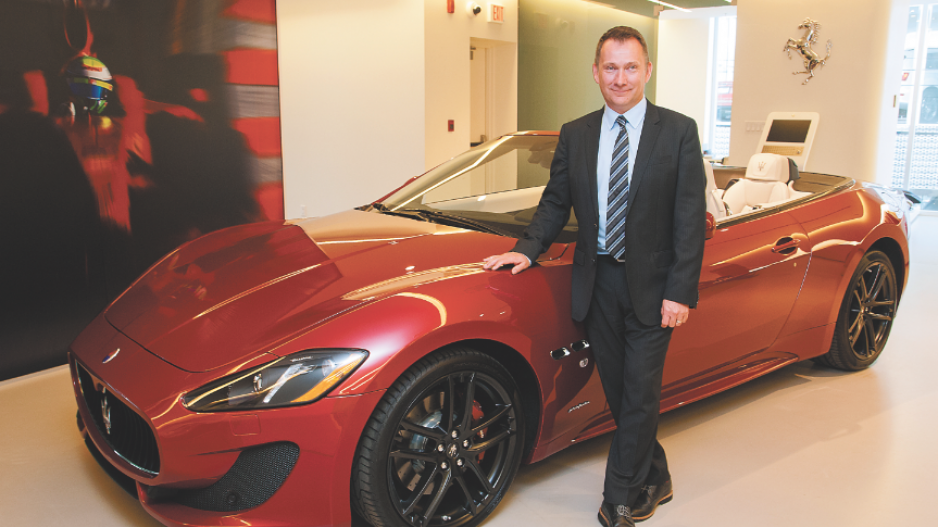Strong sales for luxury cars and light trucks shifted B.C. vehicle purchases into overdrive in the first three months of 2015, helping the province place first in Canada for automobile sales growth.
The shift in demand, however, has eaten away at market share for “entry-level” cars that are smaller and more fuel-efficient, said DesRosiers Automotive Consultants (DAC) owner Dennis DesRosiers.
“People in the media say that B.C.’s carbon tax turned a light on for British Columbians to buy fuel-efficient vehicles, but that’s just not happening,” he said. “It’s a lie. In B.C., fuel efficiency has got worse since the carbon tax [was introduced in 2008].”
Auto retailers in B.C. sold 43,916 vehicles during the first quarter of 2015. That’s 11.2% more than in the same quarter in 2014, said DesRosiers, who tracks vehicle sales Canada-wide.
Quebec, with a 9.3% increase, had the second-highest provincial year-over-year growth for first-quarter auto sales.
The boom in B.C. could have been predicted, given that most retail sectors in B.C. had an outstanding start to the year. Statistics Canada data revealed that overall B.C. retail sales expanded 11.8% in February compared with the previous February. That was about 4.7 times the Canadian average of a 2.5% increase in February retail sales.
“Weather is rarely an issue in determining vehicle sales,” DesRosiers said.
This winter, however, was one of those times when abnormally stormy and snowy weather in central and eastern Canada combined with an unseasonably balmy February in B.C., DesRosiers said.
“British Columbians are also buying a lot of vehicles because there’s a lot of pent-up demand,” he said. “It has a vibrant dealer network and the province does not have a perceptible negative economic impact related to oil prices.”
Companies such as Ferrari do not reveal sales data, but DesRosiers believes that sales in the super-luxury sports-car sector are so explosive that they are “blowing the doors off.”
Ferrari Maserati of Vancouver general manager Mark Edmonds agreed and added that the Maserati side of his business is hotter than the Ferrari side.
That could be because, while Ferraris sell for between $300,000 and $500,000, customers can drive home a Maserati for little more than $100,000.
Both of those luxury sports-car brands are courting buyers by customizing vehicles far more than they did a decade or two ago.
“Back when the Magnum, P.I. car was hot, the questions were ‘What colour do you want your Ferrari to be?’ and ‘Do you want a radio?’” Edmonds said. “Now, we have different interior finishings, leather, stitching, colours, iPod connectivity and Bluetooth.”
New Car Dealers Association of BC CEO Blair Qualey has also noticed the sales trends toward luxury cars and light trucks, which is a category that includes both pickup trucks and sport utility vehicles.
“The Ford F-150 truck is the most sold vehicle in the country,” Qualey said.
Both Qualey and DesRosiers believe that although truck sales are up in all regions, the rise is particularly significant in suburbs and rural areas compared with urban cores.
DesRosiers’ statistics make clear how pronounced the shift has been.
In 2008, 52.1% of British Columbians’ vehicle purchases were for cars, with 47.9% being for trucks. That contrasts with last year, when 40% of purchases were for cars and 60% of the transactions were for trucks. •




